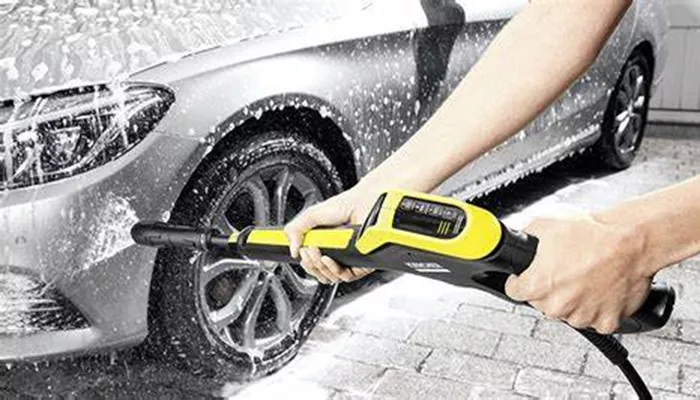Pressure washers have become an indispensable tool for a wide array of cleaning tasks, from rejuvenating a dirty driveway to maintaining the hygiene of industrial machinery. A question that frequently pops up among both novice and seasoned users is whether these powerful cleaning devices need water to start. The answer is not as straightforward as a simple affirmative or negative. It hinges on multiple factors, including the type of pressure washer, its design features, and the safety mechanisms incorporated within. In this in – depth exploration, we will thoroughly examine these aspects to provide you with a comprehensive understanding of the water requirements for starting a pressure washer.
The Inner Workings of a Pressure Washer
Before delving into the water – starting requirement, it’s essential to have a clear understanding of how a pressure washer operates. At its most fundamental level, a pressure washer is a machine that uses a pump to intensify the pressure of water and then expels it through a nozzle at an extremely high velocity. This high – pressure water jet is capable of dislodging the most stubborn dirt, grime, grease, and other contaminants from various surfaces.
The pump in a pressure washer is the heart of the operation. It is typically powered by an electric motor, a gasoline engine, or a diesel engine, depending on the model. As water enters the pump, it is compressed, significantly increasing its pressure. The higher the pressure, the more forceful the water jet will be when it exits the nozzle. For example, a standard household – grade pressure washer might generate a water pressure that can effectively clean the exterior of a car or remove light dirt from a patio. In contrast, an industrial – grade pressure washer can produce extremely high pressures, powerful enough to strip decades – old paint from large structures.
Steps to Ensure Proper Water – Related Start – up
Checking the Water Supply
Before starting a pressure washer, it’s crucial to ensure that there is an adequate and suitable water supply. If the pressure washer is designed to be connected to mains water, check that the water faucet is turned on and that there is sufficient water pressure. Low water pressure from the mains can cause problems with the pressure washer’s performance, as the pump may not be able to draw enough water to generate the desired pressure.
If you are using an alternative water source, such as a bucket, a rain barrel, or a water tank, make sure that the source is filled with clean water. Dirty water can contain sediment, debris, and other particles that can clog the pump and the nozzle of the pressure washer. Also, ensure that the water source is placed at a suitable height. If the water source is too low, the self – priming pump may have difficulty drawing water, especially if the distance is significant.
Priming the Pump (if required)
If your pressure washer has a self – priming pump, follow the manufacturer’s instructions for priming. In most cases, this involves filling the pump and the hoses with water before starting the pressure washer. Some pressure washers have a priming button or a valve that needs to be opened to allow water to fill the system.
For example, if you are using a pressure washer that draws water from a bucket, you may need to pour some water into the pump inlet to start the priming process. Once the pump is primed, you can start the pressure washer. It’s important to note that if the priming process is not done correctly, the pressure washer may not start or may not operate effectively.
Monitoring Water Flow During Start – up
When starting the pressure washer, keep an eye on the water flow. You should see a steady stream of water coming out of the nozzle. If there is no water flow or if the flow is intermittent, there may be a problem with the water supply, the pump, or the priming.
For instance, if you have connected the pressure washer to mains water and there is no water flow, check that the water inlet hose is not kinked or blocked. If you are using an alternative water source, make sure that the hose connecting the source to the pressure washer is properly attached and that there are no leaks. If the problem persists, it may be necessary to consult the pressure washer’s manual or contact a professional for troubleshooting.
Conclusion
In conclusion, the vast majority of pressure washers require water to start and operate safely and effectively. Water is essential for lubricating and cooling the pump, priming the system, and generating the high – pressure jet that is the hallmark of a pressure washer’s cleaning ability. Starting a pressure washer without water can lead to serious damage to the pump, overheating, and a significant reduction in the lifespan of the machine.
While there are some specialized pressure washers that are designed to be dry – running capable or that use air instead of water, these are exceptions in the world of pressure washers. For the average homeowner, commercial cleaner, or industrial user, it’s crucial to always ensure that there is an appropriate water supply and to follow the proper start – up procedures to protect the investment in a pressure washer and to achieve the best possible cleaning results. Whether you are using a pressure washer to clean your driveway, your car, or large – scale industrial equipment, understanding the role of water in starting and operating the machine is key to a successful cleaning experience.
Related topics:

